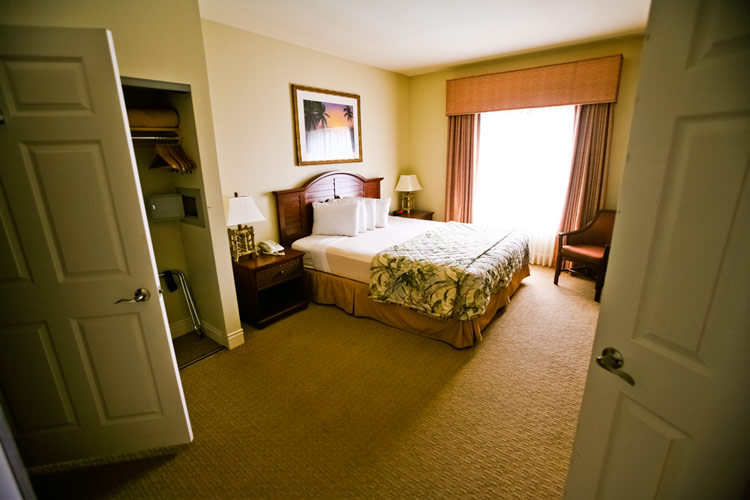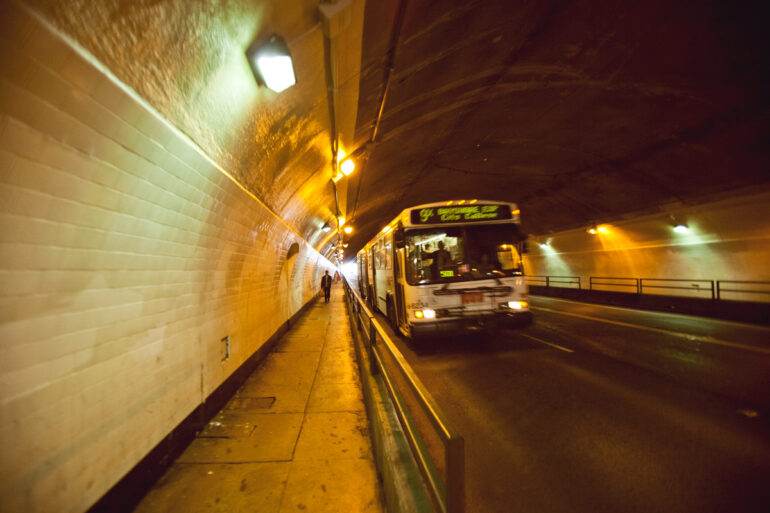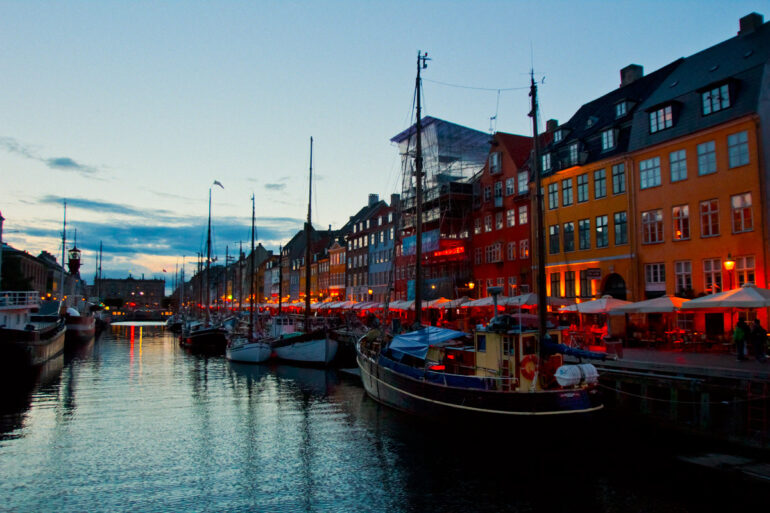We may earn a commission when you purchase through affiliate links. Learn more.
Travel is the spice that makes life exciting, and travel photography is an amazing way to immortalize your experiences and make your friends a little envious. Unfortunately, tourists make easy targets for thieves and pickpockets who know that travelers are often a little too excited about arriving in a new destination to be paying much attention to their luggage. I am not a paranoid traveler, and 99% of the people you meet while traveling are going to be friendly, honest people. That said, there are some simple steps you can take to ensure that your travel experiences remain positive and your camera gear stays safe.
Like it or not, visitors tend to stick out, often wearing clothes that scream “tourist,” and carrying a pile of brand new luggage that they just bought for their trip. Consider ditching the bright, flashy outfits and the camera neck strap that says something like Canon R6 Mark II. Not only do these branded camera neck straps attract attention and advertise that you’re wearing a camera that costs thousands, but they’re also usually unpadded and pretty uncomfortable to wear all day. Something like the BlackRapid Sport Breathe Camera Strap is not only padded and more comfortable, but it also fastens under the arm, making it harder for a thief to just snatch your camera and run off. To reduce the visibility of my gear, I cover the brand logos on my cameras and lenses with black tape — it may not have a huge benefit in deterring thieves, after all a big black camera is a big black camera, but it can’t hurt. An additional upside is that blacking out the logos also makes people a little less likely to come over while you’re shooting to ask, “Hey! Is that a Nikon/Sony/Canon?! I was thinking of getting a _____. Are you a photographer?”
- Pad consists of: Nylon mono mesh, TPE foam, polyester and air mesh
- Adjustable length nylon webbing with cam-lock
- Pad Width: 2.2″ – 3.7″ (5.5 cm – 9.5 cm) / Pad Length: 16″ (40.5 cm)
- Strap adjustable length with pad: 66″ (167 cm)
Packing your Photography Gear
The more camera gear your bring, the more camera gear you have to worry about. It’s way too easy to bring way too much stuff on a trip, and while it’s always good to have an extra pair of socks and underwear, you may find yourself wishing you’d brought less camera gear, especially if most of it never ends up leaving your bag. For instance, I’ve got both a Canon 85mm f/1.2 L lens and a Canon 85mm f/1.8 lens. They’re both awesome lenses, but on most trips the f/1.2 lens stays at home and the lighter f/1.8 comes along for the ride. The moral of the story? Just because you have it, doesn’t mean you need to bring it. Think about where you’ll be going and the sort of photos you want to take and if a piece of gear doesn’t have a realistic use in your plans, you’re probably better off leaving it behind. After all, there’s no better way to keep an expensive lens you realistically won’t use safer than by not packing it.
When you travel, think of yourself as the only person who cares about your camera gear. The TSA/security agent shaking your camera doesn’t care about it, the flight attendant trying to get the overhead compartment closed doesn’t care about it, the taxi cab driver tossing a bag in the trunk doesn’t care about it…only you do. Pack your gear as if everyone else in the world is out to break it.
For more tips, check out our guide to packing lightly! If you’re searching for a camera to bring on a trip, be sure to check out our guide with recommendations on some of the best cameras for travel.
 Be the Well-Worn Traveler
Be the Well-Worn Traveler
A well-worn backpack or shoulder bag attracts a lot less attention than something that practically still has that new-bag smell. In particular, big camera bags that look like camera bags are not the most subtle, and might not be the best suited for travel to every destination. Basically, you want to do your best to look less like a photographer with expensive gear and more like a low-budget traveller with a dirty backpack filled with smelly socks.
Look into Camera Insert Bags
For travel photography pros who need multiple camera bodies and big tripods, it’s tough to beat a large camera backpack that can accommodate all this equipment, but for those with a smaller pile of gear who want a low key, less obvious way of carrying their camera and lenses, camera insert bags are an awesome way to turn any bag into a camera bag.
Camera inserts come in a variety of sizes and like dedicated camera bags, they offer both padding and protection for your gear. An old backpack, duffel bag, or shoulder bag that won’t attract much attention while traveling can instantly become a padded camera bag with the inclusion of a camera insert. Some popular examples of camera inserts include the Peak Design Camera Cube and Neewer Flexible Partition insert which are two flexible options with adjustable partitions to hold your camera, lenses, and other accessories inside your existing bag and luggage.
Don’t Give Opportunistic Thieves a Chance
Most theft is opportunistic, committed against photographers who have left their equipment unattended — sometimes for only a moment. While you’re traveling, keep your gear with you at all times — in sight, and ideally attached to you if possible.
Don’t leave your equipment sitting in an unattended vehicle — countless photographers have left their camera bag sitting on the backseat, only to quickly run into a convenience store or bank. However quick you are (or think you are), there may be a thief who is quicker. You’re gambling with your equipment if you do this…and there is no upside to this kind of bet. While you might get away with this in your own driveway, leaving expensive equipment in plain sight is never a good idea when traveling. If you have to leave anything of value in your car, put it in the trunk. It’s not really any more secure than the rest of the car against a determined thief, but it will reduce the chances of an opportunistic robbery by keeping your valuables out of sight.
If you’re traveling by bus, train, or other public transportation, including taxi cabs, similar advice applies. In many parts of the world buses and trains are the easiest way to get around — do not put your camera gear in the luggage area that’s accessed on the outside of the bus or at the end of the train car. This is the easiest point of access for thieves and travelers who stow their luggage beneath the bus are frequently the victims of robbery. If possible, don’t even put anything valuable in the overhead storage bins either — if you fall asleep during a long ride, you may wake up to find that your gear is no longer there. Even in a taxi cab it’s an especially good idea to keep your camera bag on your lap rather than putting it in their trunk.
However you plan on getting around while you’re traveling, a good rule of thumb to keep in mind is to never let anything of yours out of your sight and control that you wouldn’t be able to live without. If you’re traveling somewhere with numerous reports of pickpocketing, using releasable and reusable cable zip ties is a simple trick to add a little extra security. These can be easily removed if you have a few seconds to concentrate on what you’re doing, and on bag compartments that have two zipper closures I just pop a zip tie through the zipper eyelet. While someone could cut through these with a knife or clippers, it definitely makes it harder for someone to slip a hand into your bag without you noticing on a crowded street or subway car.

What about Hotel Safes?
Many travel guidebooks advise that you leave your valuables in the hotel safe…and nine times out of ten, maybe even nine hundred and ninety nine times out of a thousand, your valuables are going to be safe in the safe. However, hotels do keep a master key or code that enables them to open room safes in the event that a guest is unable to retrieve their passport or something important from it.
So, because they’re not truly 100% secure, hostel storage lockers and hotel room safes should be approached with caution; there is of course a risk to carrying all your valuables on your person at all times while traveling, so you’ll need to decide whether your things are safer in your backpack or in the safe — this decision will probably vary depending upon where you’re staying. Personally, I like to travel as lightly as possible so that I can bring all of my camera equipment with me in a small backpack that doesn’t stick out.
Travel safe and have fun!



 Be the Well-Worn Traveler
Be the Well-Worn Traveler